
Getting Started with Web Hosting
Choosing the right website hosting provider and server type is a very intimate process. The hosting type you choose has to be the right fit for your business and needs. Most times, business owners tend to only care about the price tag, regardless of it’s a right fit for their needs. They don’t realize how many different types of web hosting providers are actually available to them!
The Importance of Website Hosting
The web hosting provider you choose has a bigger impact on your website than you’d think. Consider your website as a house. If it was built with an insufficient foundation, your house will crumble. As your website’s foundation, your hosting provider can directly affect your website’s performance.
Whether you realize it or not, there’s a lot happening behind-the-scenes you may not initially consider. All are important factors in keeping your website running at its peak performance. For example, if your server doesn’t have the latest coding languages installed, your website could break based on how it was built. In turn, this could result in a bad user experience and affect potential conversions.
Factors to Consider
There are many factors to consider when choosing which hosting platform would be best for your business.
Reliability
With any hosting provider you consider, remember, there is no such thing as 100% uptime. Even with large providers like GoDaddy or Amazon’s AWS, there are documented instances of downtime. Once you let that sink in, consider how these companies handle support in these instances. In some cases, if the main terminal is offline hosting providers offer load balancing. This is when the system will piggyback onto another, duplicated server.
Performance
I’m sure you’ve heard the old saying, “you get what you pay for”. This is especially true when it comes to choosing your hosting provider. Most shared hosting providers have similar pricing, which seems great. That is until you run out of space or bandwidth. Then, they tend to jack up the prices when you try to upgrade. Again, each site is different in the amount of traffic your website gets. In a perfect world, your website would get thousands of simultaneous daily users. In that case, you would need the most beefed up providers. Realistically though, we understand that’s not always the case and you could get away with a leaner server.
Expandability
Your business is growing, great! You’re seeing increased traffic to your site, even better! Now you have to consider expanding your server to handle the increased traffic. There are different ways to expand your server based on which platform you choose. While some are easier than others, and some are more expensive than others, it boils down to what’s best for your business.
Web Hosting Options to Choose From
There are many different options available for hosting. Some are bigger, faster, and better than others. Our advice is, don’t make a decision solely on the price tag. Consider your estimated traffic, expandability, feature requirements, etc. If you’re putting your heart and soul into your business, it’s not smart to cut costs on the cornerstone of your presence.
Shared Servers
Shared servers are the most commonly used web hosting providers because they usually offer all-in-one packages for hosting, domain registration, and emails at an affordable price. Providers include:
While they do have some upsides, shared web hosting servers tend to have limited resources. Security also tends to become an issue with hundreds of sites running the same functions. The two biggest downsides to Shared Servers is the lack of control over key features including Apache (which is the backbone of any site) and the lack of customization.
Dedicated Servers
Dedicated servers are when you rent or purchase a physical machine separated from other server machines. Think of these as your own private island with the freedom to do whatever you want without any consequence other than yourself. This powerful setup definitely requires the proper support team, which will help during expansion and keep costs low.
Virtual Private Servers
A Virtual Private Server (VPS) is a segment of a server terminal, independent from others on the site, so there’s no risk of cross-contamination. The server specs are virtualized based on the entire terminal and are good for rapid expansion. Providers include:
For a beginner, diving into a VPS can be extremely intimidating as you are on your own for everything. When it comes to utilizing a VPS, you need to make sure you have the support of an experienced manager or agency who knows the server’s operating system to maintain and update.
DIY Site Builders
Do-it-Yourself website builders have become increasing more popular over the last couple of years. This is because they often have simple drag and drop editors and are fairly cheap. While they seem customizable, they tend to be very ‘cookie-cutter.’ There’s very little room for creative elements that could reflect your brand and makes you blend in with the crowd. Providers include:
Our Recommendations
We prefer to use a Virtual Private Server from DigitalOcean. They offer one-click stack installations, server statistics, unlimited backups, and much more all at an affordable price. DigitalOcean gives you the tools you need to setup the perfect environment and ability to expand for your website or application.
 For us, Virtual Private Servers are ideal because of the customization aspects. We can customize settings to fit our needs and works great for WordPress, our go-to content management system. For example, Shared Hosting providers tend to limit the maximum file upload size in WordPress with no ability to increase it. With your own VPS, you have the freedom to set your own limits.
For us, Virtual Private Servers are ideal because of the customization aspects. We can customize settings to fit our needs and works great for WordPress, our go-to content management system. For example, Shared Hosting providers tend to limit the maximum file upload size in WordPress with no ability to increase it. With your own VPS, you have the freedom to set your own limits.
What You Should Consider
The server type you choose goes beyond just hosting your website. It’s the foundation of your site and the options you have available ultimately determine how structurally sound your site will perform.
Scalability
Any business owner can tell you about their growing pains. In the technology industry, you never want to feel constrained to one specification. With Shared Hosting, you’re often limited to how large your server can grow and would pay an arm & leg to have it upgraded. With a Virtual Private Server, however, you have the ability to easily scale your server specifications like bandwidth, hard drive size, and more at a touch of a button. Another advantage of using a VPS or Dedicated Server is having the ability to increase the maximum file upload size you can perform on your CMS.
Uptime Monitoring
This is a must have tool for any site, and can be added to any web hosting provider. Tools like Uptime Robot will notify you in real-time if your server ever goes down. This is done by pinging your site on a regular basis and looking at the response code. If it responds with a poor code, it will email or text you in real-time. This instances could be due to a disconnection with the database server. Now, what do you do if your website is down? With Shared Hosting you’ll probably be on the phone with tech support for a while. When it comes to a VPS or Dedicated Server, you have the ability to tackle the problem right away. Usually all it takes is a simple reboot.
Ease of Use
We define ‘Ease of Use’ as how much control you have to upgrade and installing specific modules. These can include items such as SSL Certificates, updating code languages, etc. Usually, this is where Shared Hosting servers shine. For example, GoDaddy offers an easy-to-use cPanel dashboard for managing everything but doesn’t typically give you the ability to upgrade your core features that power your website. This includes the PHP code version, which is very important if you’re using a CMS like WordPress or Joomla. They’re constantly updating their frameworks to be in line with the latest code versions. While they are more complicated to manage, a VPS or Dedicated Server gives you the freedom to manage every aspect of your server.
Our Recommendation
We have used a variety hosting providers in our years of experience and after much trial and error, we have created our ideal toolkit for hosting client websites. For a web hosting provider, we use DigitalOcean for our Virtual Private Server in conjunction with CloudFlare to manage the domain’s DNS routing and Uptime Robot for monitoring. It may seem as a basic setup, but DigitalOcean Droplets give us the freedom to expand and manage every aspect of our client’s website. In turn, we’re able to meet their specific needs while CloudFlare provides great support for managing DNS records, caching, custom routing, and so much more. Lastly, Uptime Robot is just a great asset because it’s free for our needs!
In the End…
There are a lot of options out there when it comes to web hosting, so how do you know where to start? The short answer is it all depends on your needs. If you just need a small landing page, a Shared Hosting plan from someone like GoDaddy may be right for you. On the other hand, if your business has plans to expand, we recommend a Virtual Private Server. Working with a company like DigitalOcean will give you all the room you need to grow. For those companies that are building and selling your own applications, you may need to go as big as a Dedicated Server that you can control. Each option serves its own purpose and uses, but it comes down to you to decide what’s best for your overall goals.


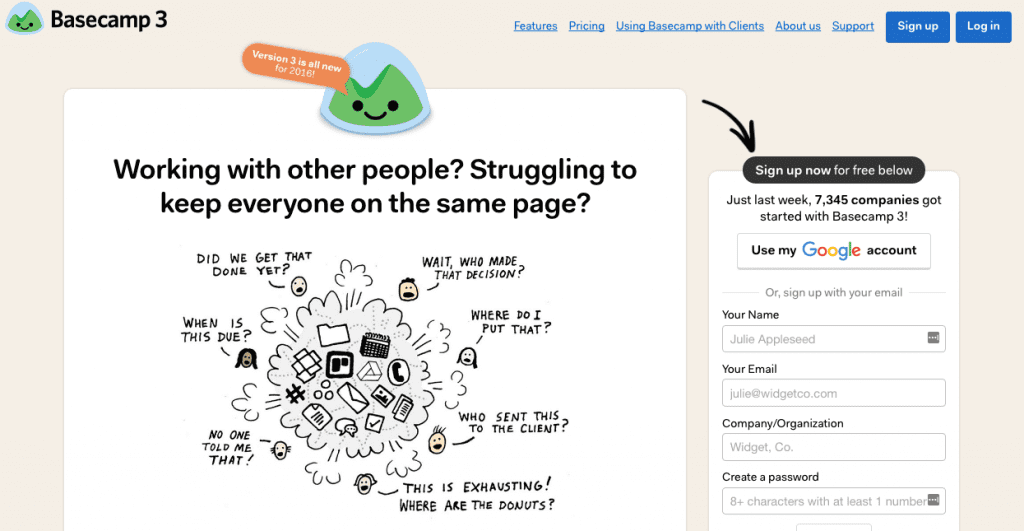
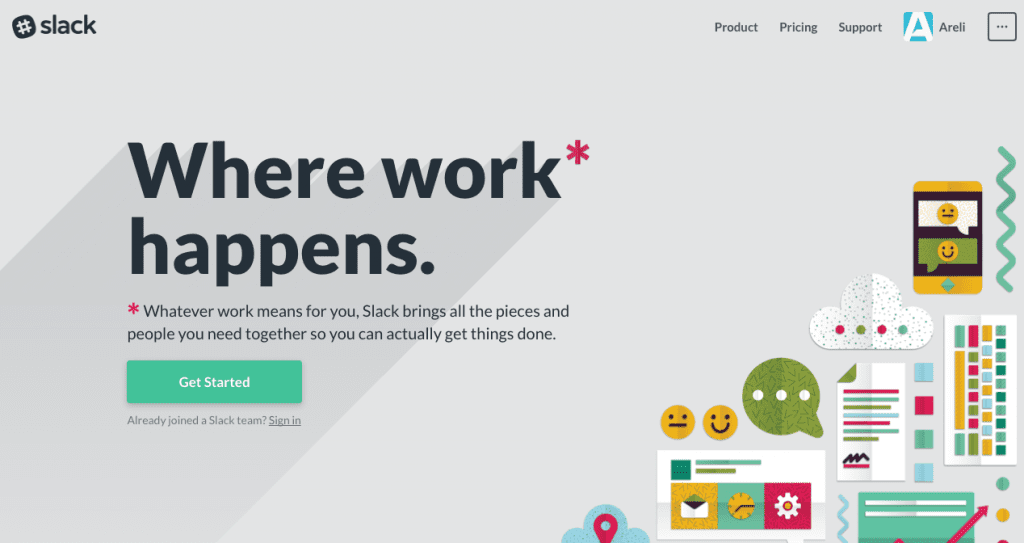
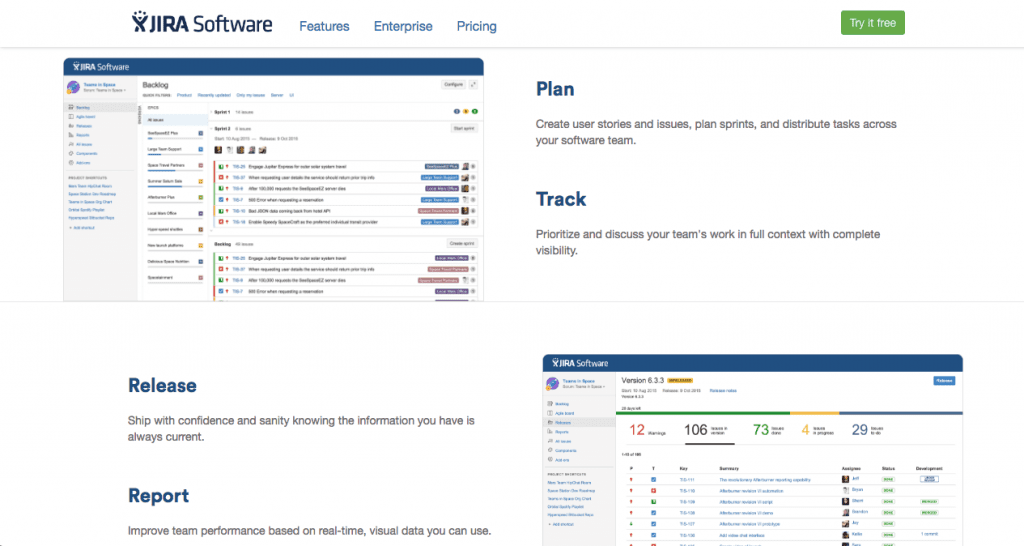



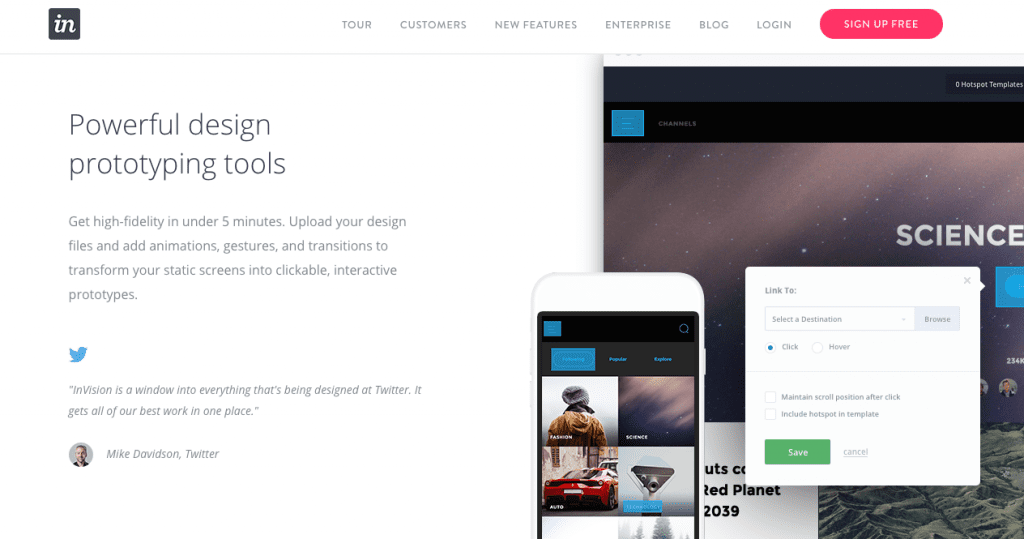
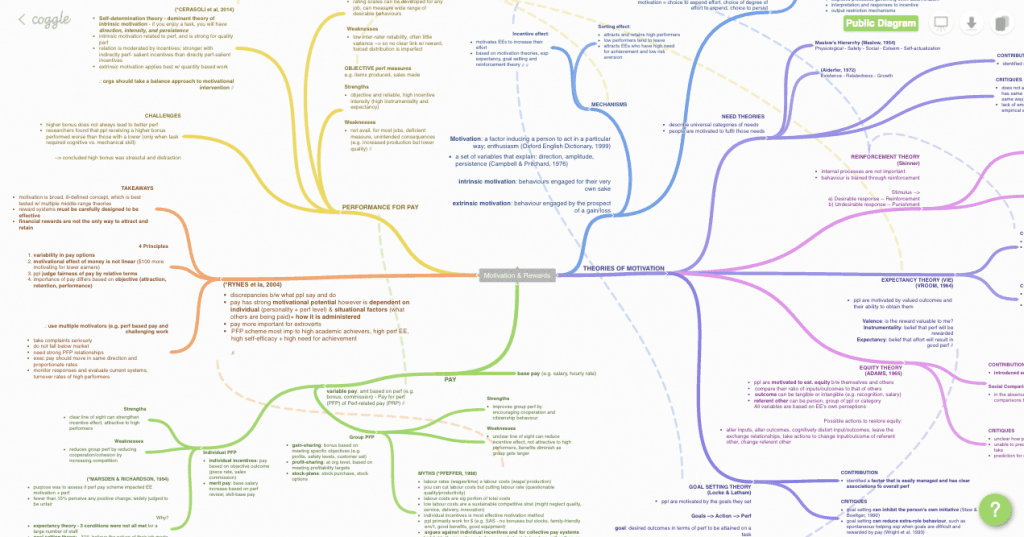
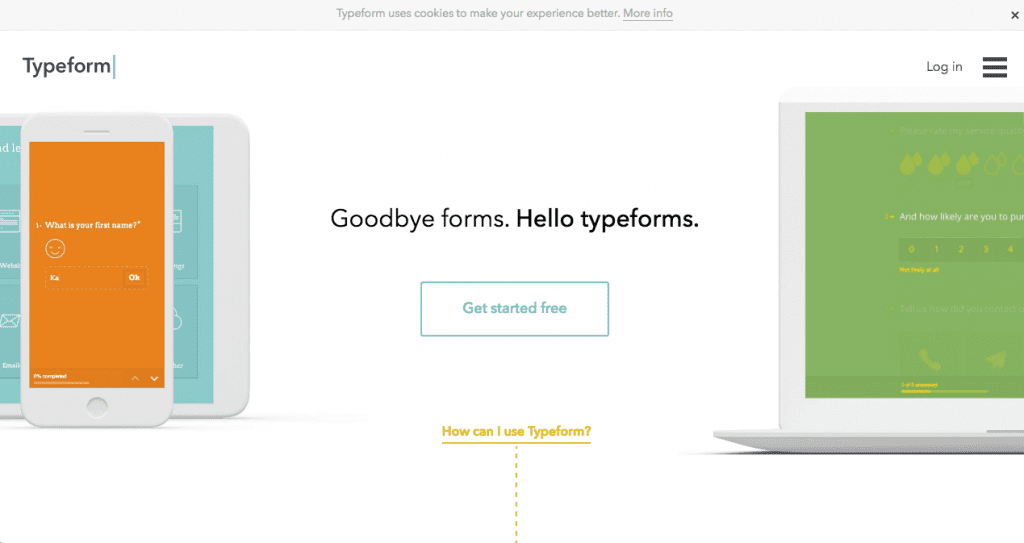
Recent Comments